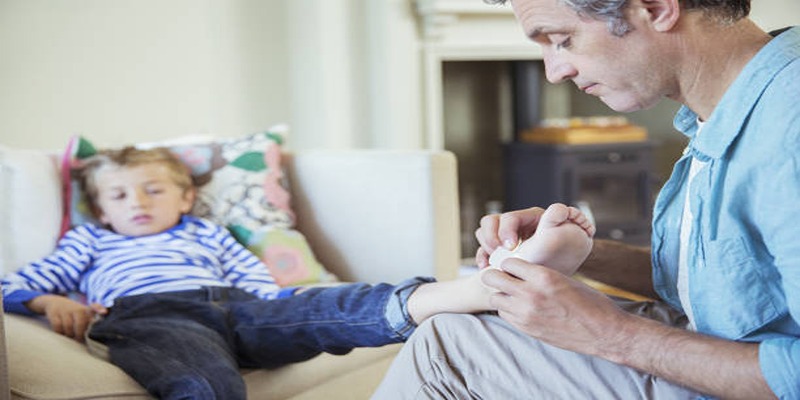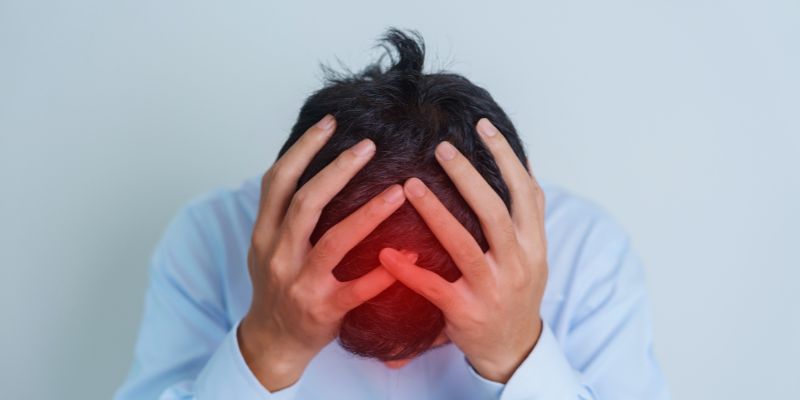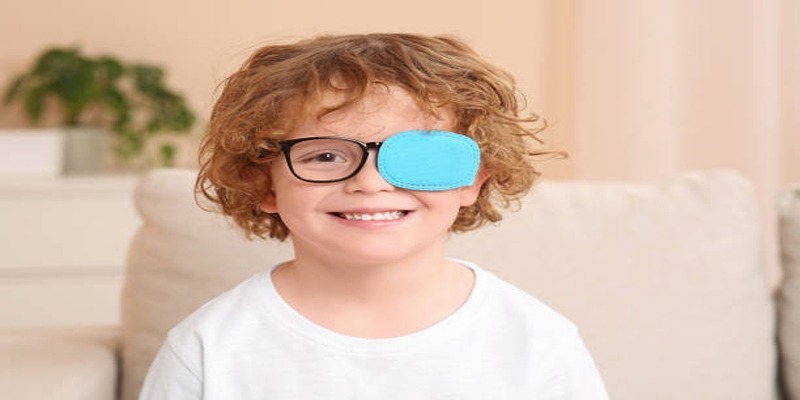Managing Injuries at Home: A Parent’s Essential Guide
Advertisement
In the course of child play standard childhood accidents frequently occur. Children sustain scrapes combined with bruises and small burn injuries quite frequently. The guidance should consist of techniques to manage home injuries with proficiency in medical care evaluation. The following guidelines will show parents what steps to follow for injury care which includes pain reduction measures and complication prevention.
Common Injuries and How to Treat Them at Home

Children naturally tend to be active and curious and this behavior leads them to experience occasional minor injuries. Learning basic first aid skills matches parents to address home injuries effectively and with complete composure.
1. Cuts and Scrapes
Small wound cuts along with minor skin scratches usually require basic home care strategies for treatment. Proper wound cleaning serves two essential purposes which are infection prevention alongside promoting proper healing. Here’s what to do:
- Start by washing your hands before attending to the wound.
- Wash the affected area with mild soap solutions mixed in warm water.
- The application of antibiotic ointment will help protect against infection.
- Apply a bandage to seal the wound properly.
- Daily replacement of the bandage combined with wound cleanliness and dryness should be maintained.
- Your child must have their wound properly covered as they play outdoors to stop outside dirt from entering the wound.
When to see a doctor:
- Seek care if the bleeding doesn't stop after applying pressure for 10 minutes.
- Consult a professional if dirt or debris remains embedded in the wound.
- Watch for signs of infection, such as redness, swelling, or pus.
- Ensure your child is up to date on tetanus shots, especially if it has been more than five years.
2. Bruises
Bruises are common in active children and usually heal on their own. To reduce swelling:
- Apply a cold pack wrapped in a towel for 10–15 minutes.
- Elevate the injured area if possible.
- Avoid putting pressure on the bruise.
- Encourage rest and ensure your child avoids using the injured area too much.
When to see a doctor:
- If the bruise is very large and appeared without a known injury.
- If your child has frequent bruising.
- If your child has severe pain or trouble using the injured limb.
- If the bruise does not fade after two weeks or worsens over time.
3. Burns
Minor burns can often be treated at home with the right care, but it’s crucial to act quickly to prevent further damage and promote healing. Knowing the proper steps can make all the difference in ensuring a smooth recovery.
- Run cool (not cold) water over the burn for 10–15 minutes.
- Apply aloe vera or a mild burn ointment.
- Cover the area with a clean, non-stick bandage.
- Keep your child from touching the burn, as it may become irritated.
When to see a doctor:
- If the burn is larger than the size of a child’s palm.
- If the burn has blisters or looks deep.
- If the burn is on the face, hands, feet, or genitals.
- If there is a risk of infection, such as dirt entering the burn area.
4. Sprains and Strains
Sprains and strains happen when a child twists or stretches a joint or muscle too far. Treat them with the R.I.C.E. method:
- Rest the injured area.
- Ice the area for 15 minutes every hour.
- Compress with a bandage to reduce swelling.
- Elevate the injured area.
- Encourage gentle movement after 48 hours to prevent stiffness.
When to see a doctor:
- If your child cannot move or put weight on the injured area.
- If there is extreme pain or swelling.
- If the area looks deformed.
- If pain persists after a few days.
5. Head Injuries
Head injuries can be serious, even if there is no visible wound. If your child bumps their head:
- Apply a cold pack to reduce swelling.
- Keep them calm and monitor their symptoms.
- Make sure they rest and avoid rough play.
- Watch for unusual behavior, such as extreme drowsiness or loss of balance.
When to see a doctor:
- If your child loses consciousness, even for a few seconds.
- If they vomit more than once.
- If they seem confused, very drowsy, or have trouble walking.
- If they have a severe headache that does not go away.
- If they experience changes in vision or speech.
When to Seek Immediate Medical Help
Some injuries require immediate professional care. Go to the doctor or emergency room if your child:
- Has a deep wound that won’t stop bleeding.
- Has a possible broken bone (swelling, severe pain, or a limb looks out of place).
- Has a burn that covers a large area or looks deep.
- Has a head injury with vomiting, confusion, or loss of consciousness.
- Has difficulty breathing after an injury.
- Shows signs of an allergic reaction, such as swelling of the face or trouble breathing.
Basic First Aid Kit for Parents

Every home should have a first aid kit with essential supplies. Here’s what to include:
- Bandages of various sizes.
- Antiseptic wipes and antibiotic ointment.
- Cold packs.
- Tweezers and small scissors.
- Gauze and medical tape.
- Pain relievers for children (acetaminophen or ibuprofen).
- Thermometer.
- Gloves to prevent contamination.
- Emergency contact list with numbers for doctors.
How to Stay Prepared
- Take a basic first aid course to learn essential skills like CPR, wound care, and how to handle choking emergencies. These skills can make a critical difference in an urgent situation.
- Keep emergency contact numbers handy, including family members, your doctor, and local emergency services. Make sure these numbers are accessible to everyone in your household.
- Teach children about basic safety rules to prevent injuries, such as being careful around sharp objects, hot surfaces, and crossing the street safely. Reinforce these lessons regularly to ensure they stick.
- Regularly check and restock your first aid kit to ensure it has all the necessary supplies, like bandages, antiseptics, gloves, and medications. Replace expired items and customize the kit to meet your family’s specific needs.
- Ensure babysitters or caregivers know where the first aid kit is stored and how to use it properly. Walk them through it in case they need to handle an emergency while you're away.
- Encourage children to report injuries right away, even minor ones, to prevent infections or complications. Teach them that it’s always better to ask for help than to ignore an injury.
Conclusion
The management of childhood minor injuries becomes simpler when parents acquire adequate knowledge about treatment protocols. Home treatment of minor wounds should proceed while parents must identify situations that need expert medical attention. The selection of proper and quick medical help depends on being well-prepared. The confidence necessary to deal with home injuries effectively can be achieved by parents who remain calm and follow these guidelines for proper treatment while ensuring child safety.
On this page
Common Injuries and How to Treat Them at Home 1. Cuts and Scrapes When to see a doctor: 2. Bruises When to see a doctor: 3. Burns When to see a doctor: 4. Sprains and Strains When to see a doctor: 5. Head Injuries When to see a doctor: When to Seek Immediate Medical Help Basic First Aid Kit for Parents How to Stay Prepared ConclusionAdvertisement












